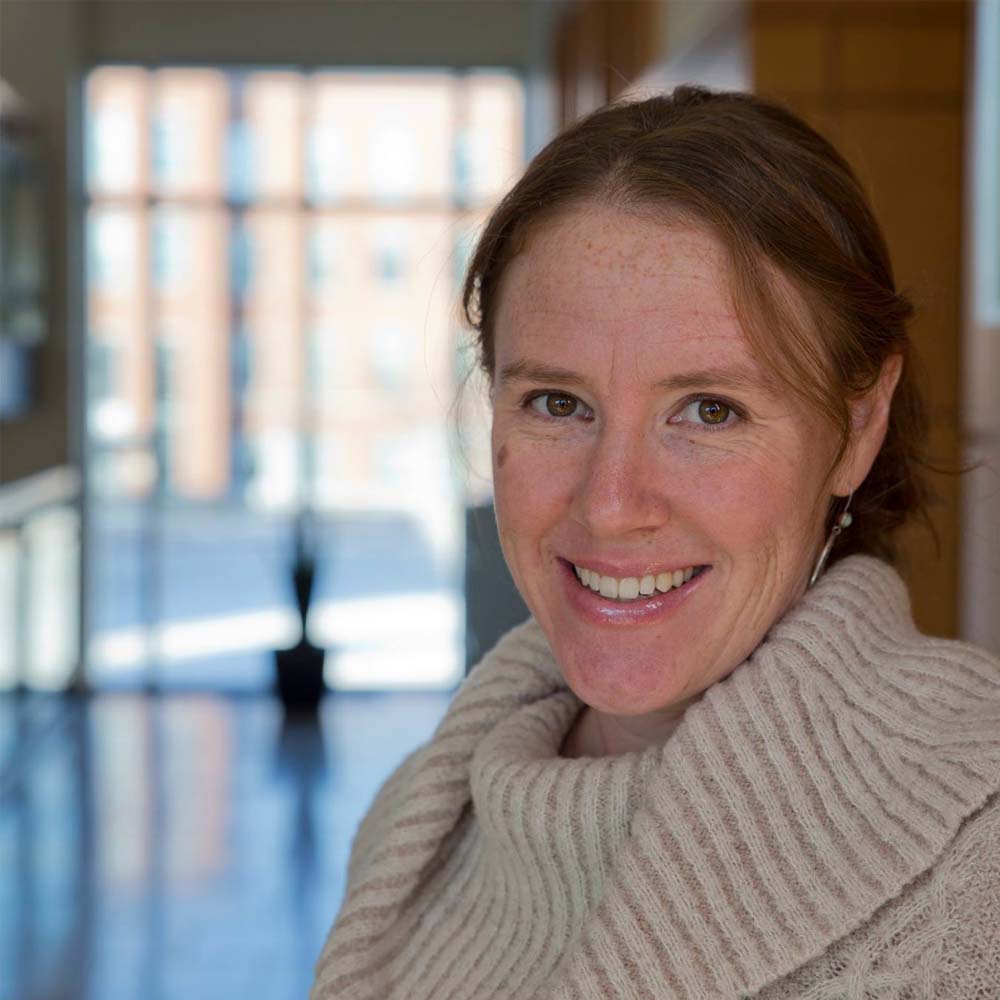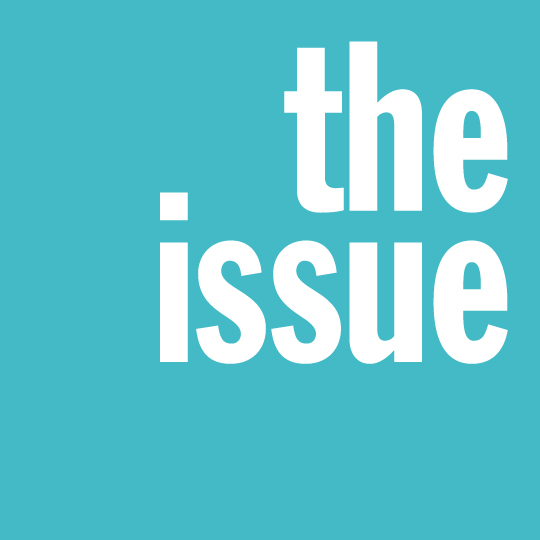So
you want
to build a
Podcast?
COVID, budget constraints, and printing issues have many comms teams turning to digital storytelling tools, including podcasts. Here are a few tips to ensure a successful launch.
By Maureen Harmon and Robert Li
Listen to this article
So You Want to Build a Podcast?
00:19
According to Nielsen, 80 million people listen to podcasts each week—and that number is predicted to double in two years. From The Educated Guest to Sporkful to any true-crime story you’re interested in, podcasters have grabbed people’s attention with their thoughtful Q&As and cliffhanger stories that have 41 percent of the population pressing play each month.
If you’re thinking about wading into the podcast world—or reimagining an already launched podcast—here are a few of the things we learned as we launched our own.
00:55
“Build a Creative Strategy”
What we see too often from schools is the idea that any old bit of audio can be turned into a podcast. A commencement speech from 1988? Let’s call it an episode. Interview with Jane Doe ’08 about her career steps? Podcast material. Ms. Smith, CEO of a big-time corporation, is funding a new building? Let’s chat and put it out there for the masses.
Just as we would argue that these news bits don’t make for engaging stories in print, the same goes for audio. Comms teams need to think strategically about the kinds of stories they’re recording, how well they might engage an audience, and how to craft interviews that give listeners real takeaways that apply to their everyday lives. Will your podcast be Q&A or narrative-based? Will you be conversational and playful or academic and serious? Is there a theme to your guest choices? Once you’ve answered some of those questions, write a creative brief and keep it handy.
01:50
“Develop a Mission”
Creatives sometimes balk at the idea of a mission statement for fear it limits their creative powers. But think of it this way: A mission statement keeps you, your staff, and your guests on the same page about the kinds of stories you will tell on your podcast. And when someone from campus has a really, really great idea (read: not so really, really great), you can lean on the mission to support you if you need to decline their well-meaning efforts.
02:17
“Production Quality Matters”
Just as we look for the best paper and printer we can afford, so too should be the case with audio quality. (Just another reason that commencement speech recording on tape in 1988 isn’t the best podcast material.) There are nearly half a million podcasts out there today, but few are professionally produced. Putting a little money behind production—whether that’s equipment in-house or farming out recording and production—not only helps your podcast stand out but also sends a strong brand message. And bonus: The stronger the production and storytelling value are, the larger your audience can grow; and the larger the audience, the bigger the guests. In short: Don’t skimp on the mic.
02:59
“Complement Your Magazine”
We will always argue for a print magazine. Why? Because it meets your audience where they are. Podcasts have that same benefit: They are portable and can be published quicker and in higher frequency. Podcast episodes can complement print schedules. And a podcast allows you to tell deeper, richer alumni stories. A typical print feature article is 1,000 to 2,000 words. Compare that to 10,000 words for a 25-minute episode.
03:29
“Watch the Data”
The one thing a podcast has that your print magazine doesn’t? Data—quantifiable and actionable data. Collect it, track it, and let it help you make decisions—not only about your podcast content, but about all your content.
03:46
“Develop a Marketing Strategy Before You Launch”
You’re going to create this great new podcast. You’re going to have incredible conversations with engaging, funny guests who give your listeners new ideas and insights. And you’re going to be lauded for the quality of this cool new thing you’ve produced. So think early and often about how you will launch this tool into the world. Social media posts, audio grams, and ads can go far. Use your already-built resources like alumni channels and networks to give this thing legs. And consider the development of volunteer tool kits to allow your guests, hosts, and volunteers to share to their own networks easily.
04:22
“It’s Not as Hard as You Might Think”
We know, we know. Comms professionals wear many hats. Too many. So many we can’t breathe some days. We’re not suggesting you add another thing to your to-do list. Consider the interviews you’re already doing for print pieces: Can these be recorded and edited into podcast episodes? Can you take advantage of live events like Reunion or Homecoming to record a host of episodes while guests are in your backyard?
Remember: At your core, you are a storyteller, and creating a podcast is taking all your writing skills and applying them to a modern format.
Share this article

Maureen Harmon is managing partner at Dog Ear Creative, a higher-ed communications firm. She was previously the director of editorial and creative content at Denison University and the editor of Denison Magazine.

Robert Li is the owner of Alumni FM, a podcast strategy and production company specializing in serving higher ed. He has guided marketing teams in creating high-quality podcasts that build community, promote institutions, and support advancement goals. Alumni FM is behind successful higher-ed podcasts that include UC Berkeley’s Haas Podcasts and Stanford University’s All Else Equal.
